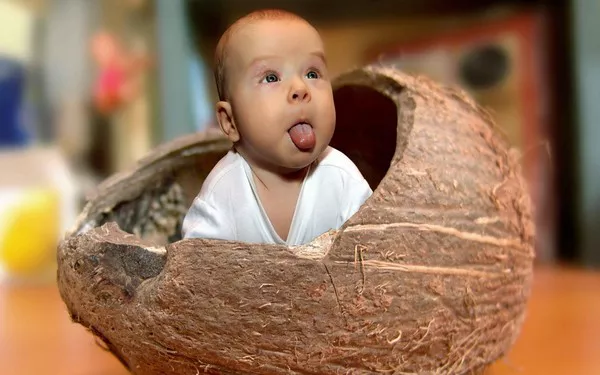The journey of parenthood is filled with wonder, joy, and, at times, uncertainty. One of the fundamental questions that parents often ask is, “How long is the infant stage?” The infant stage is a critical period in a child’s life, marked by rapid growth and development. In this comprehensive guide, we will explore the duration of the infant stage, the key milestones, and what you can expect during this remarkable phase of your child’s life.
Defining the Infant Stage
The infant stage is a pivotal period in a child’s life that spans from birth to approximately 2 years of age. This stage is characterized by remarkable growth and development, where infants undergo significant physical, cognitive, and emotional changes. It is essential for parents to understand the various phases within the infant stage to provide appropriate care and support to their child.
a. Newborn Phase
The first phase of the infant stage is the newborn phase, which typically lasts from birth to around 2 months of age. During this time, infants are entirely dependent on their caregivers for all their needs. They are developing basic motor skills, and their senses are rapidly evolving.
b. Baby Phase
Following the newborn phase, infants enter the baby phase, which can extend from 2 months to around 12 months. This is a period of rapid growth, where babies start to develop more advanced motor skills, including crawling and walking. Their cognitive abilities are expanding, and they begin to explore the world around them.
c. Toddler Phase
The final phase of the infant stage is the toddler phase, which usually covers the period from 12 months to 2 years. Toddlers are becoming more independent, starting to communicate, and displaying a growing sense of curiosity. This phase sets the stage for the next stage of childhood development.
Key Developmental Milestones
During the infant stage, children achieve several important developmental milestones that mark their growth and progress. These milestones can vary from one child to another, but they generally follow a predictable sequence.
a. Physical Milestones
Infants typically begin by developing basic physical milestones, such as head control, rolling over, and sitting up. As they progress through the infant stage, they start crawling, standing, and eventually take their first steps.
b. Cognitive Milestones
Cognitive development is also a critical aspect of the infant stage. Infants go through stages of cognitive growth, including recognizing faces, understanding object permanence, and beginning to mimic sounds and words.
c. Social and Emotional Milestones
Social and emotional development is a significant part of the infant stage. Babies start forming attachments to their caregivers, displaying affection, and expressing their emotions. They also begin to explore social interactions with peers and family members.
d. Communication Milestones
The ability to communicate is a pivotal developmental milestone during the infant stage. Infants progress from simple cooing and babbling to saying their first words. This is a thrilling phase for parents as they witness their child’s language skills blossom.
Duration of the Infant Stage: Variability
It’s important to note that the duration of the infant stage can vary from one child to another. While the general guideline suggests that the infant stage lasts up to 2 years, individual development may differ. Some infants may progress more quickly, while others may take a bit longer to reach certain milestones. These variations are normal and should not cause undue concern for parents.
Factors Influencing the Duration of the Infant Stage
Several factors can influence how long the infant stage lasts for an individual child. Understanding these factors can help parents better comprehend their child’s unique journey.
a. Genetic Factors
Genetics play a significant role in child development. A child’s genetic makeup can influence the pace at which they achieve various developmental milestones.
b. Environment and Stimulation
The environment in which a child grows and the level of stimulation they receive can impact their development. A rich and nurturing environment can accelerate developmental progress.
c. Health and Nutrition
A child’s overall health and nutrition are essential factors. Adequate nutrition and proper healthcare can contribute to a child’s developmental success.
d. Parental Interaction
Parents and caregivers play a vital role in supporting a child’s development. Interactions with parents can enhance a child’s social and emotional growth.
Expert Recommendations
In a report by the American Academy of Pediatrics, experts suggest that parents should focus on creating a safe and stimulating environment for their infants. Providing love, responsive care, and a balanced routine can promote healthy development during the infant stage.
Conclusion
The infant stage is a magical time in a child’s life, filled with transformative growth and development. While it typically spans up to 2 years, the actual duration can vary among children. Parents should embrace the journey, celebrate the milestones, and seek support and guidance when needed. Understanding the key aspects of the infant stage, including its phases, milestones, and influencing factors, can help parents navigate this incredible period with confidence and love. As parents, you are an essential part of your child’s journey through the infant stage, shaping their early experiences and setting the foundation for their future.


